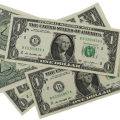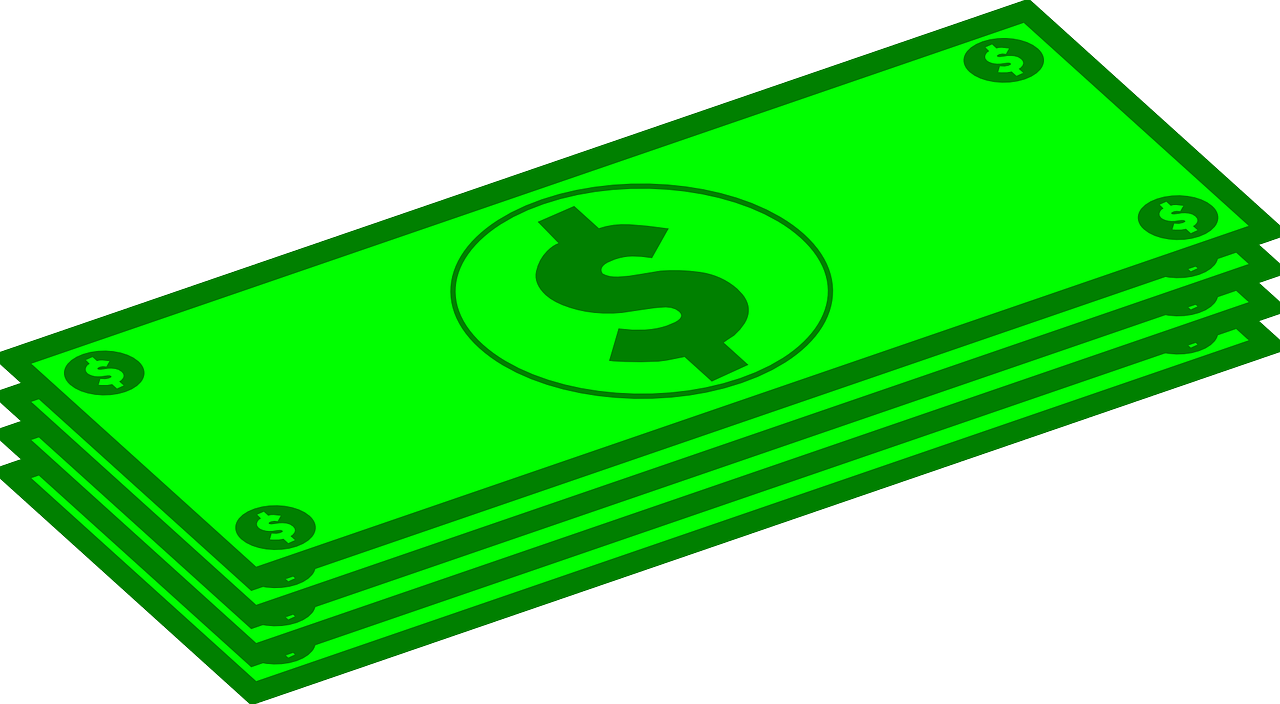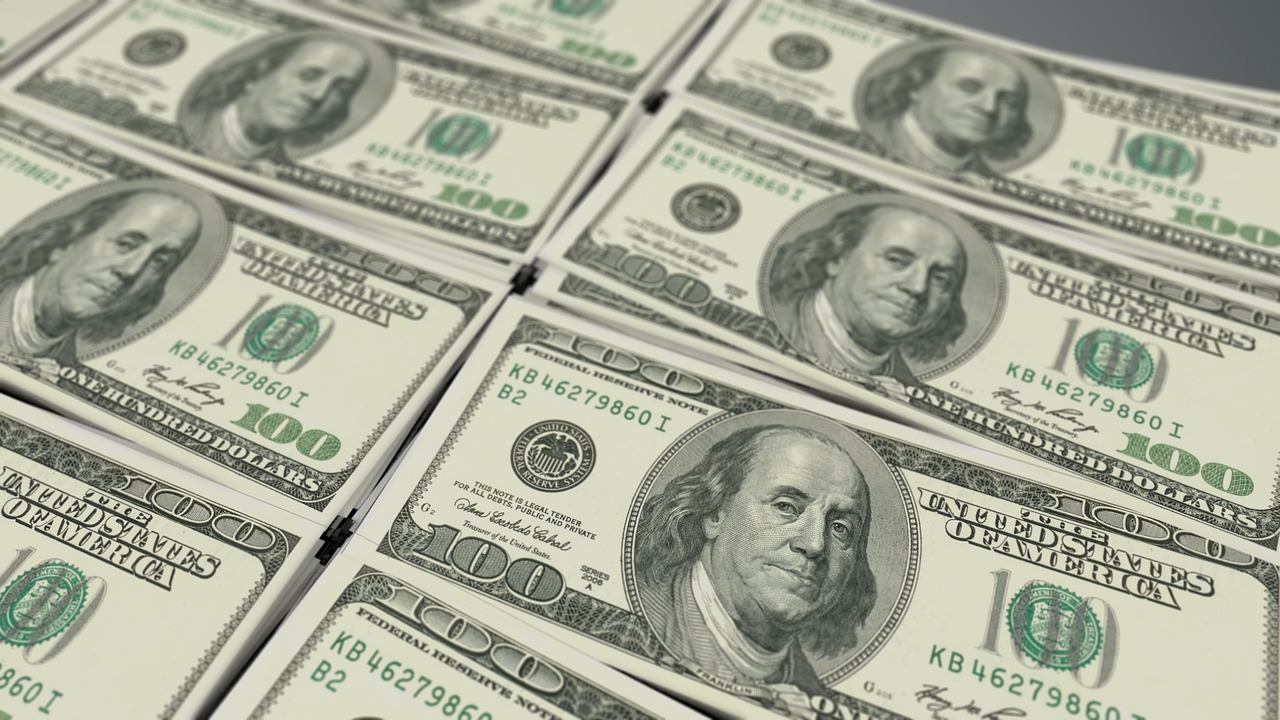US Dollar on Borrowed Time as Twin Deficits Increase
 On Thursday, the dollar was set to end 2020 in a downward spiral, as investors wagered that money will be sucked into riskier assets because of a global economic recovery and the US would have to borrow even more for funding its increasing twin deficits. The euro had reached its highest value at $1.2291 since April 2018, which marked gains of almost 10% in 2020. $1.2413 and $1.2476 are expected to be the next couple of stops for the bull train, on the path to the peak of $1.2555 that it had reached in 2018. The dollar was being traded at 103.15 yen, but it managed to stay above the December lows of 102.86.
On Thursday, the dollar was set to end 2020 in a downward spiral, as investors wagered that money will be sucked into riskier assets because of a global economic recovery and the US would have to borrow even more for funding its increasing twin deficits. The euro had reached its highest value at $1.2291 since April 2018, which marked gains of almost 10% in 2020. $1.2413 and $1.2476 are expected to be the next couple of stops for the bull train, on the path to the peak of $1.2555 that it had reached in 2018. The dollar was being traded at 103.15 yen, but it managed to stay above the December lows of 102.86.
However, the greenback had declined against the Chinese yuan, as it breached 6.4900 for the first time after mid-2018, even though it was later reported that Chinese banks were purchasing dollars for reducing the drop. Sterling also enjoyed some gains after a post-Brexit trade agreement with the European Union was approved by lawmakers, as it stretched as far as $1.3641. This level had been unseen in the British pound since May 2018. The dollar had fallen against a basket of other major currencies to 89.643, after reaching its lowest level since April 2018.
This meant the greenback had declined in the year by 7.2% and it wasn’t less than the 13% hit during the mayhem that had occurred in the market in mid-March. The next targets for the US dollar are expected to be 89.277 and then the absolute low it had reached in 2018 at 88.251. The possibility of a brighter 2021 has reduced the demand for the safe-haven dollar and has ended up increasing the attraction of riskier assets, particularly in the emerging markets. The ‘twin deficits’ excuse has also been resurrected by bears for shorting the dollar.
The explosion in trade deficits and the budget means more dollars are being moved abroad and printed. Considering this perspective, the new fiscal stimulus bill in the US is dollar negative because it will only increase the country’s debt and a lot more has been promised by President-elect Joe Biden in the next year. As far as the trading account is concerned, the US is also hemorrhaging dollars there, as the deficit for goods in November hit a record $84.8 billion, with imports increasing past the levels pre-pandemic. Similarly, the current deficit had also increased in the third quarter to a twelve-year high.
Moreover, there was also a major downfall in net financial transactions as more was borrowed by Americans from abroad. The European Union, in contrast, has a major account surplus and this is mostly because of Germany, which means there is a natural inflow of euros for trading. There is increasing dependence on foreign savings in the US and it is coming close to a danger zone at 3.4% of GDP because it will become even more difficult to attract savings without higher interest rates or further weakness in the US dollar.




















